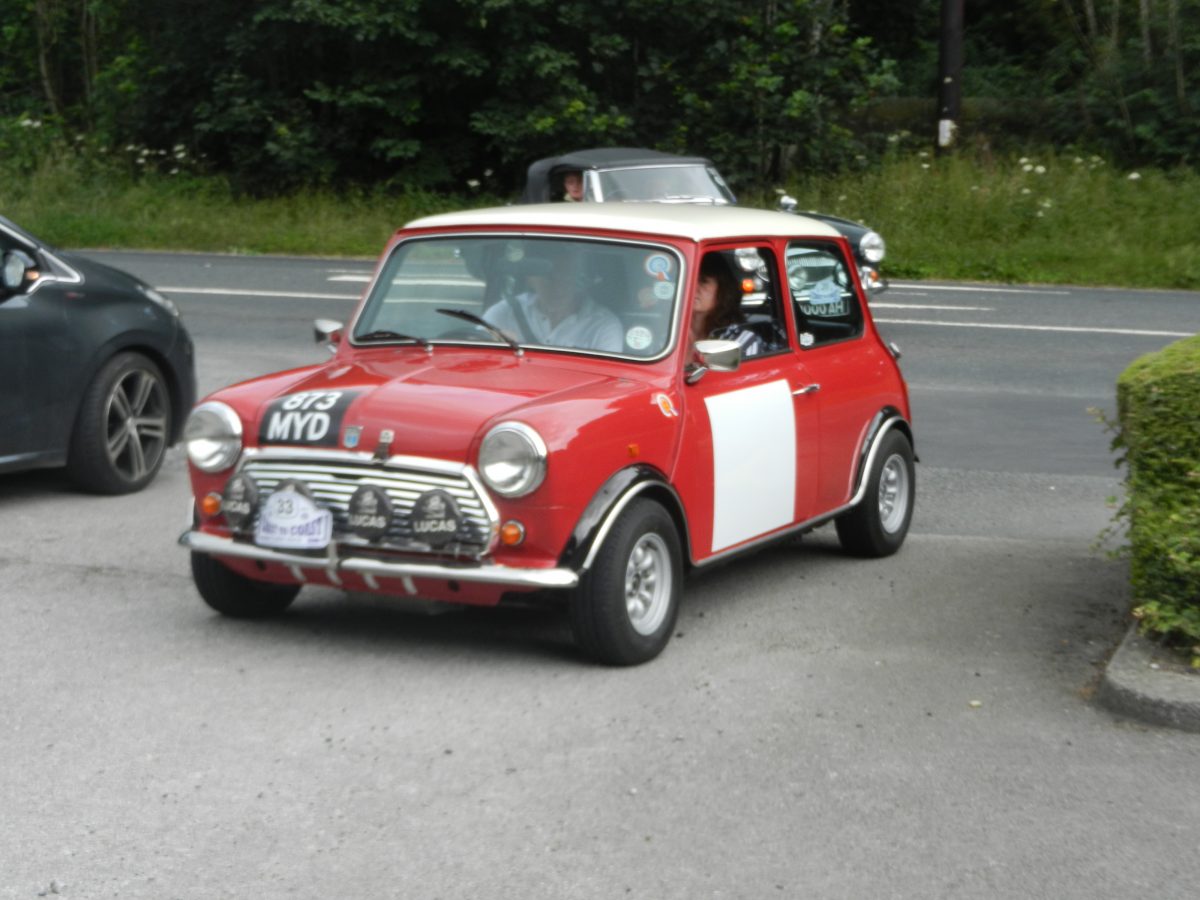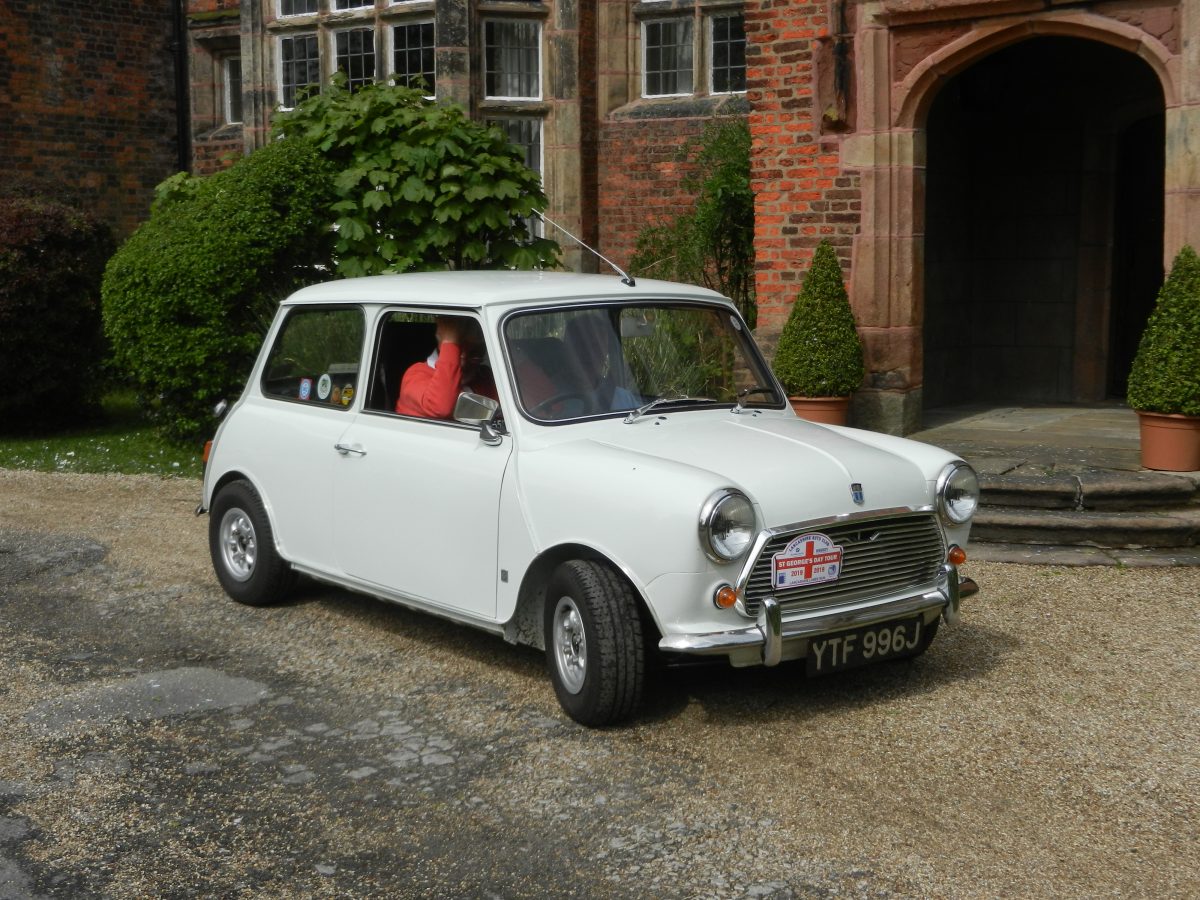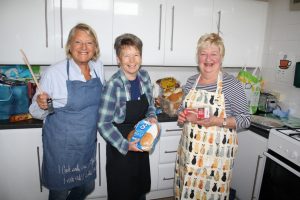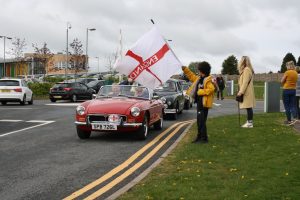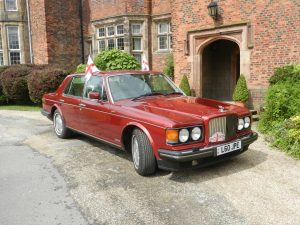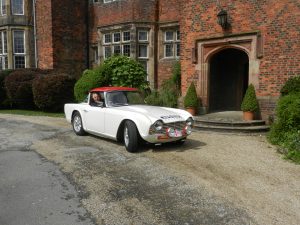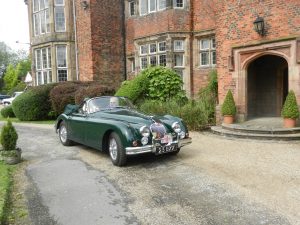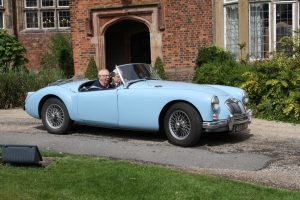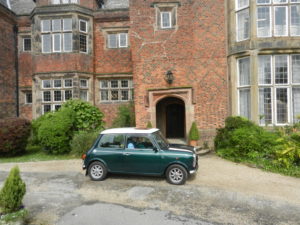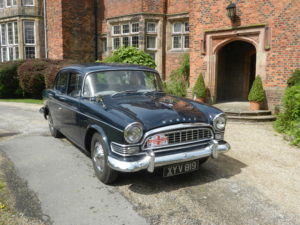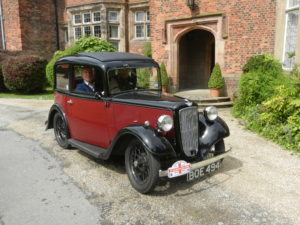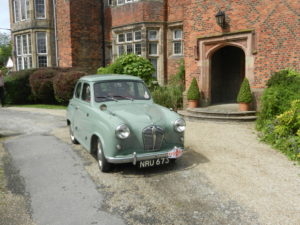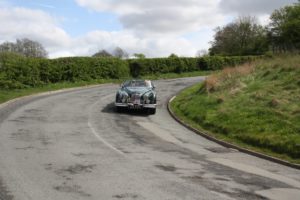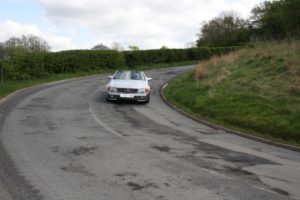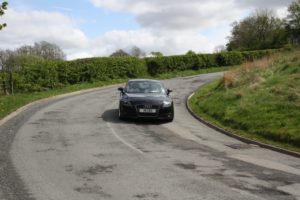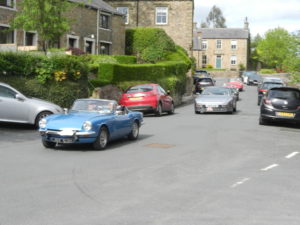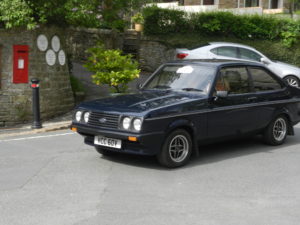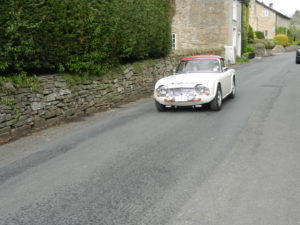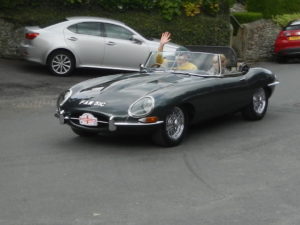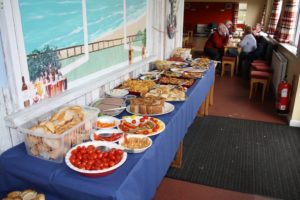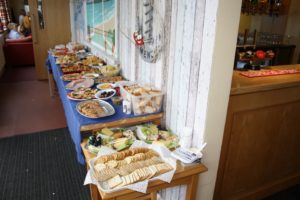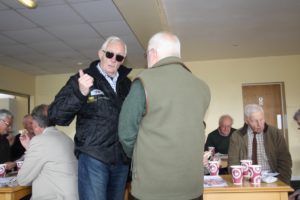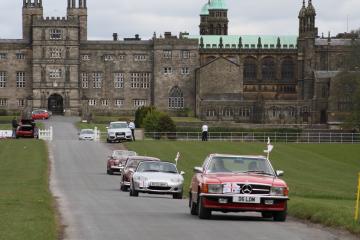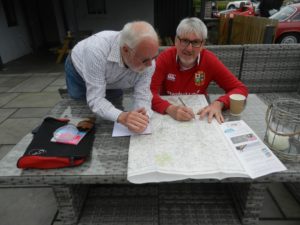| Motorsport UK has announced that in anticipation of motorsport restarting in the UK from 4th July, it is inviting online permit applications from 1st June 2020.
Motorsport is currently suspended throughout the UK until 30th June 2020. Following ongoing positive dialogue with the Department for Culture, Media and Sport and having set out its strategy and anticipated conditions for restarting motorsport disciplines, the governing body is now moving to its next phase of getting the sport back on track. Further details will be communicated following the next Motorsport UK Board meeting of 3rd June.
Any resumption of motorsport is contingent on event organisers demonstrating that they can plan in accordance with the recently published, “Getting Back on Track” guidelines of Motorsport UK, while respecting government guidance on social distancing.
Motorsport UK is also acutely aware that different devolved territories of the UK may be moving at different paces in easing restrictions; any application for an event permit will be subject to approval based on the prevailing government advice. The move is also contingent on governments continuing with measures to open up society and that further restrictions resultant of any additional waves of COVID-19 are not required.
David Richards, chairman of Motorsport UK, commented, “In March, Motorsport UK moved quickly and in line with government to suspend motorsport, while everyone’s priority was restricting the spread of this terrible disease and protecting the NHS. It is now right that, as government has set out plans to ease restrictions, we move in step and introduce the next stage of our phased restart. Unlike many sports, motorsport in the UK is an industry in itself, employing tens of thousands and contributing billions of pounds to the UK economy.”
“We always said that, when the conditions were right, we would take a responsible decision to resume motorsport in order to sustain the sport, jobs and the economy. We have explained our plans to government and are fortunate that motorsport takes place outdoors over large controlled spaces. Our plan is that, subject to government advice and ongoing lifting of restrictions, motorsport will resume from 4th July. We are making this announcement now as event organisers, venues, preparation specialists, the supply chain, volunteer Marshals, Officials and Competitors all need time to put in place their plans.”
There will be a number of caveats of granting event permits, including that event organisers commit that their events will be held behind closed doors, appropriate PPE requirements are met, and that each organiser must appoint a COVID-19 officer to ensure compliance with any relevant guidelines. Furthermore, there will be a limit on the number of permits issued for July to 50% of those in the corresponding month of 2019, in order that there are sufficient volunteer Official and Marshal resources available to support the restart in a safe and responsible manner. No national or British championship events will take place in July to reduce potential national and international travel (excludes FIA championships).
To find out more about Motorsport UK – visit motorsportuk.org/restart |



